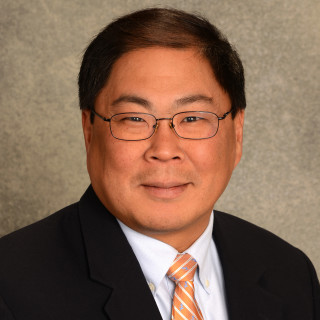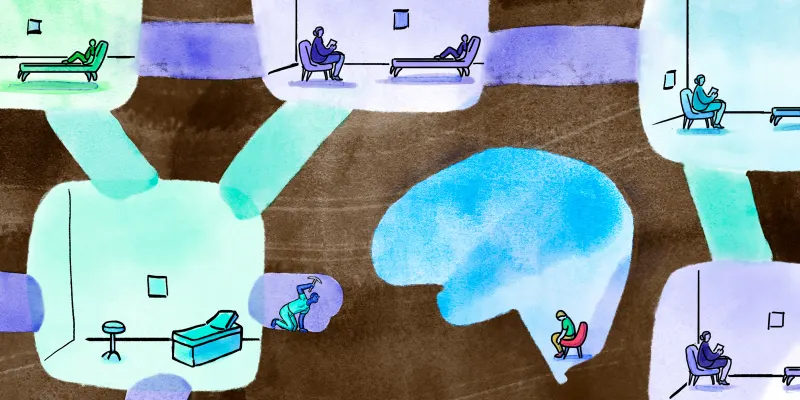DDW 2021 was virtually enthralling and exhausting. Having the ability to maintain homelife, local work schedules, and attend a full meeting met all the requirements for the pandemic workplace. Here I will present a few background thoughts and then go onto the meeting. The American Gastroenterological Association did its best to accommodate international attendance. Despite this, being virtual does not replace the end of the session's dinner and libations with speakers and friends. Soon enough, we will rejoin each other and chat in person instead of on the SLIDO or the chatbox.
This week was National Eosinophil Awareness Week, and the AGA provided great opportunities to work on spreading knowledge about Eosinophilic Gastrointestinal Diseases (EGIDs). On Thursday, they opened the week with an educational roundtable, Gastro Bites: Eosinophilic Esophagitis (EoE) and EGIDs - Recognition, Treatment, and Complications. Kathy Peterson, MD, an adult gastroenterologist, led a discussion with Ben Wright, MD, pediatric allergist, and me to increase disease recognition. Kathy, the new "Oprah" of EGIDs, opened our eyes to the need to encourage treatment adherence, and Ben provided insights into the allergist's roles in EoE management. On Friday, the EGID poster session was filled with lots of innovative studies related to topical steroid treatment, biologics, adherence, comorbid features related to EGIDs, biomarkers, and pathogenetic mechanisms. One poster of particular interest was the work by Nelson et al. revealed a potential role for IL-13 on smooth muscle contraction in EoE. Another poster by Zevit et al. confirmed clinical suspicions that COVID-19 infection did not bear an increased burden on EGID patients. Dr. Erica Lyons from the FDA walked through the process of their guidance document for EoE and prepped us for another GI Regulatory and Treatment meeting on July 21, 2021. The day ended with a virtual pro-con debate on the value of EoE maintenance treatment with Alain Schoepfer MD-Pro and Jeff Alexander, MD-Con. The speakers did the best they could and presented compelling cases, but the spitballing that occurs during an in-person meeting was lost on the virtual format. Dr. Alexander raised good points, but I cannot be convinced to not treat chronically our pediatric patients.
On Saturday, I enjoyed hearing world-class experts, Drs. Gonsalves, Hirano, Dellon and Straumann discuss difficult to manage. Because of the volume and complexity of patients with EGIDs seen and their involvement in seminal research studies, they offered comprehensive and complete answers and expertise. The session’s crowning moment was provided by Dr. Straumann, who gave a historical perspective of the disease from the Swiss Alps and new data on a potential milk allergen. Following this, the best EGID abstracts treated us to novel data. Kara Kliewer and the Consortium for GI Eosinophilic Diseases Researchers showed one in four food elimination diets for EoE were similar, Alena Klochkova identified potential mechanisms related to age and tissue remodeling, and Takeo Hara revealed a novel mechanism for proton pump inhibitors in reducing EoE-related inflammation. The most interesting, exciting findings relate to lirentelimab, an anti-Siglec-8 molecule that targets eosinophils and mast cells. Previous findings published in the NEJM last year provided impressive results related to its impact on clinical, histological, and endoscopic features of eosinophilic gastritis and duodenitis. At DDW, Dr. Peterson presented the equally impressive findings on the extension study. In a follow-up study, Dr. Nick Talley showed a large number of subjects with chronic GI symptoms were found to have intense gastric eosinophilia, meeting a histological threshold for a diagnosis of eosinophilic gastritis. These findings are interesting, as I wonder if those identified are ushering in a new era of previously rare EG patients or are these IBS/FGID patients manifesting with gastric eosinophilic inflammation. I am reminded of seeing my first EoE patient in 1992 and wondering what this inflammation meant and how to proceed. The more we learn, the more we do not know.
The meeting ended with a session with Simon Hogan, PhD presenting his novel work on allergen sampling by the epithelium, Theresa Pizarro, PhD presenting on the role of IL-33 and eosinophils in gastric inflammation, and me on anti-cytokine therapeutic aspects of EGIDs. We had a good discussion afterward, wondering whether eosinophils can be helpful or harmful in the IBD.
If this wasn't enough, five satellite symposia were relaying more informative information about clinical recognition, use of impedance, reliance on multidisciplinary care, and developments related to novel treatment approaches. In addition, the patient advocates (APFED.org, EosNetwork.org, CUREDFoundation.org, eoscoalition.org, and AusEE.org) made their presence known in the chats.
Despite not being there in person, it was great to see old friends and become more familiar with others virtually. Not being socially savvy, I am somewhat communication crippled at these kinds of meetings and will look forward to next year in person. Until then, I am greatly looking forward to the AGA’s Freston Conference, Eosinophils-New crossroads and pathways, during September 18–19, a virtual meeting that will extend insights on eosinophils, outside of EGIDs into other associated GI diseases!







